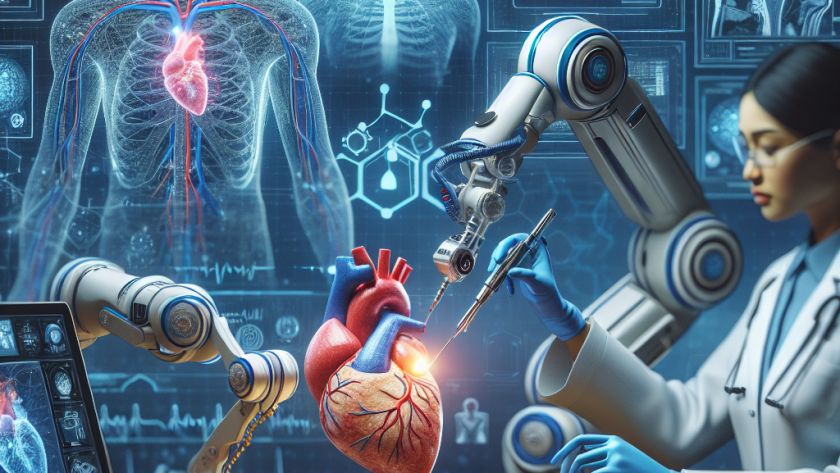In late November, Massachusetts Institute of Technology (MIT) held a Generative AI Week involving faculty, staff, and students from the institution. The event served as a platform to discuss the opportunities and important applications of generative artificial intelligence technologies across varied disciplines. The week's agenda included a main symposium and four subject-specific symposia. MIT President…











